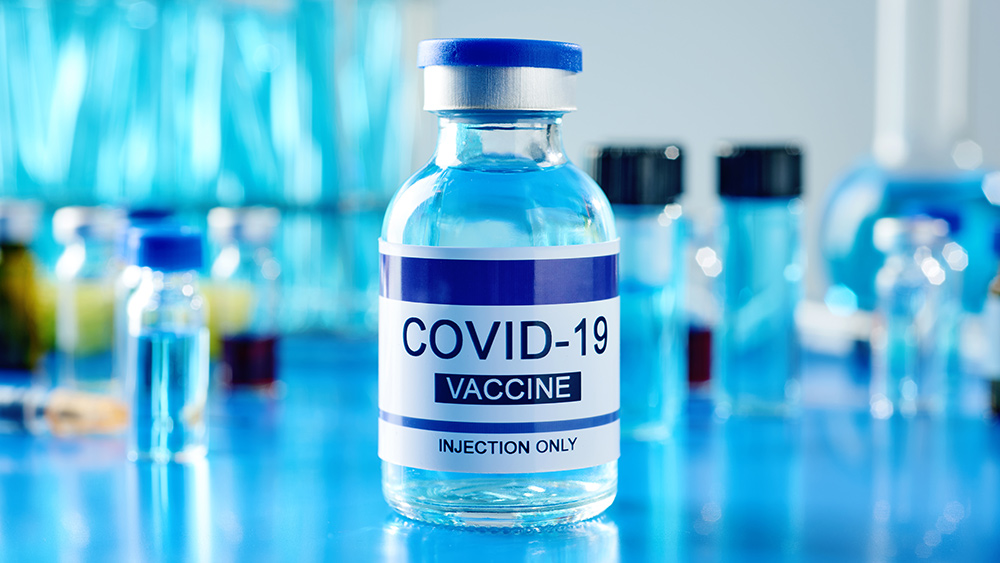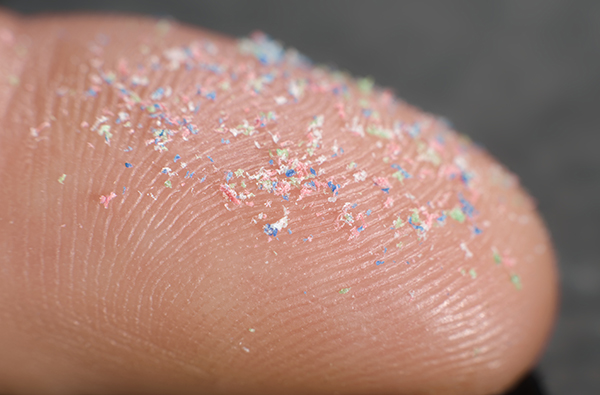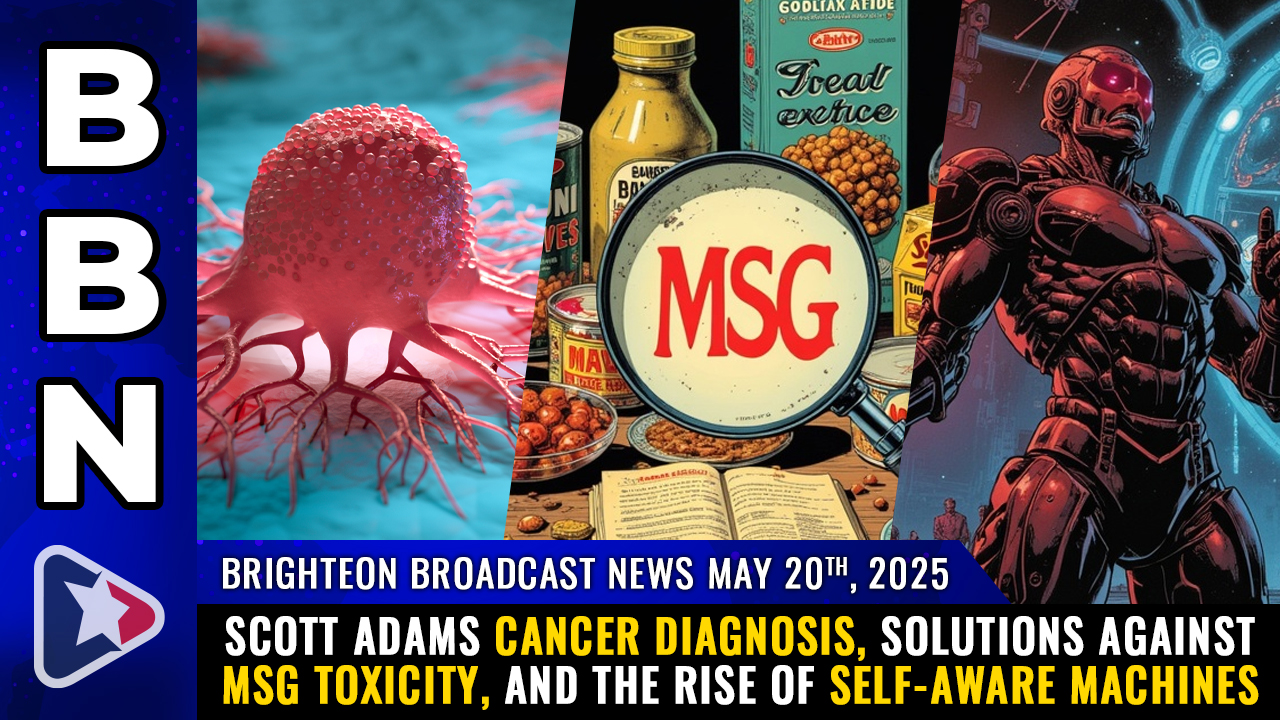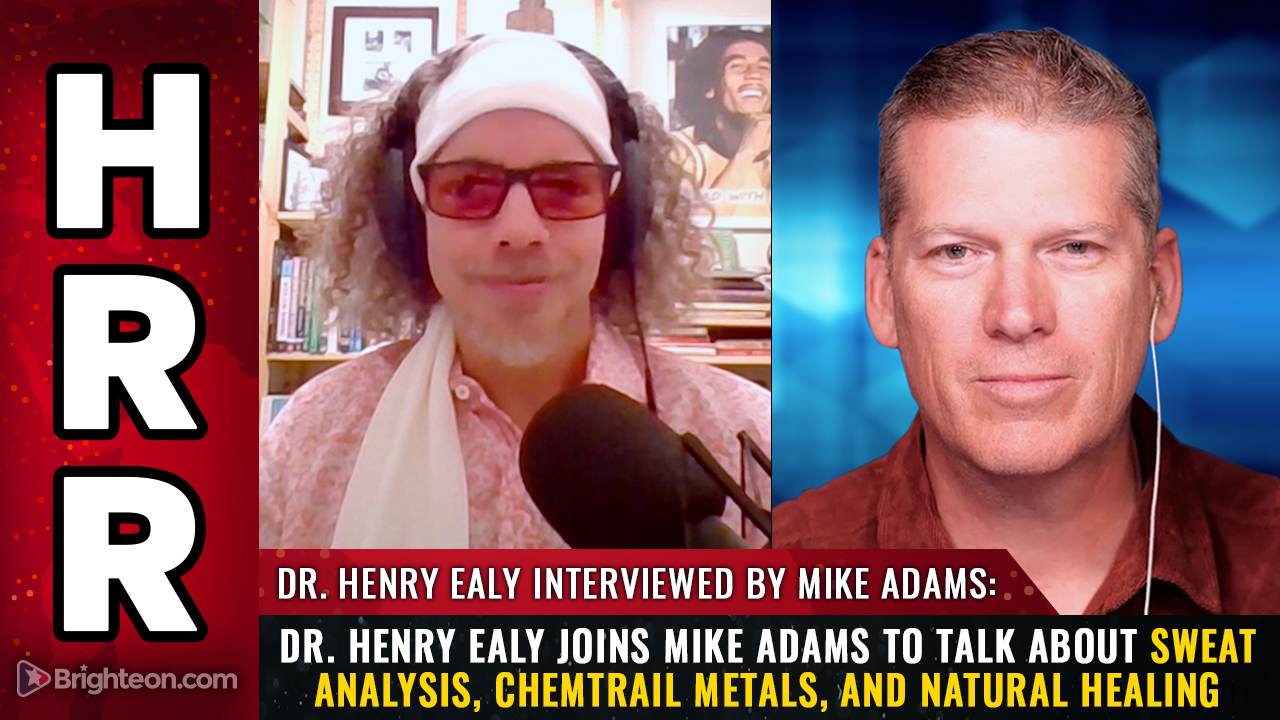 Parler
Parler Gab
Gab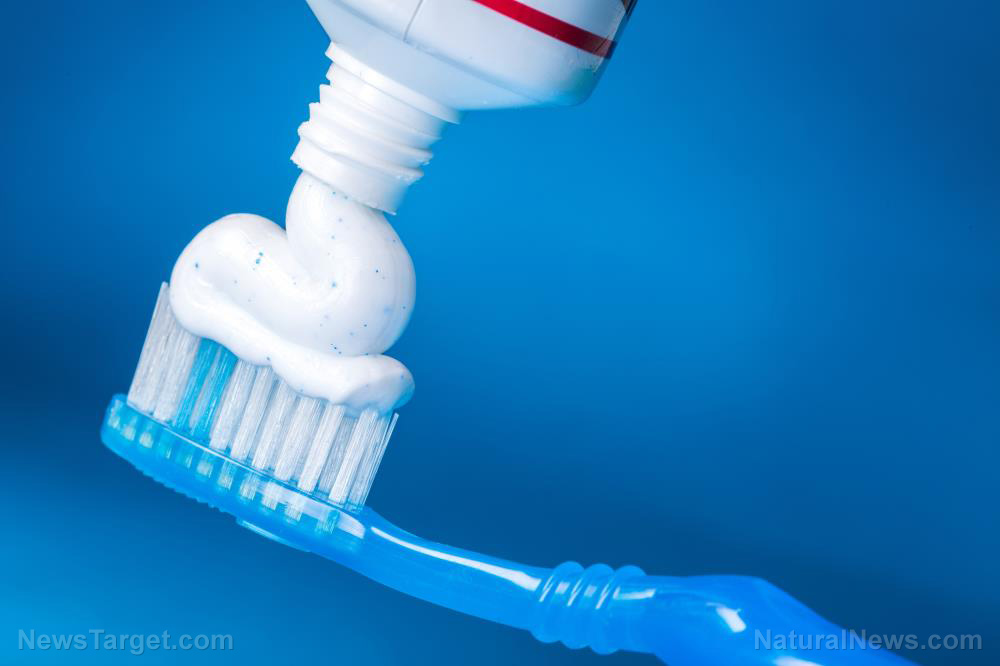
- A new investigation reveals 90% of popular toothpaste brands contain dangerous levels of heavy metals like lead, arsenic, mercury, and cadmium, posing serious health risks.
- Independent testing by Lead Safe Mama found major brands like Crest, Colgate, and Tom’s of Maine contaminated, with some products exceeding EPA safety limits for lead and arsenic.
- Heavy metals in toothpaste enter the body through gums, inhalation, or ingestion, with children at highest risk for developmental harm, cognitive decline, and autism.
- Despite alarming findings, no recalls have been issued, and companies defend their products, while FDA standards remain far looser than safety thresholds for other consumables.
- Advocates urge consumers to switch to verified clean brands and push for stricter regulations as corporate negligence and weak oversight continue to endanger public health.
A toxic cocktail in your bathroom
The results were staggering: 90% of tested toothpastes contained lead, 65% had arsenic, 47% contained mercury, and 35% were contaminated with cadmium. Many products harbored multiple metals, compounding the potential harm. These substances are known neurotoxins, linked to cognitive decline, developmental delays, and even autism in children. The Centers for Disease Control and Prevention (CDC) states there is no safe level of lead exposure, yet millions of Americans unknowingly ingest trace amounts daily through a product they use twice or more a day. The most contaminated products included Primal Life Dirty Mouth Kids Tooth Powder, which exceeded Environmental Protection Agency (EPA) limits for both lead and arsenic, and VanMan’s Miracle Tooth Powder, which surpassed arsenic thresholds. Even trusted children’s brands like Hello, Orajel, and Tom’s of Maine were found to contain these toxins. Only five products, including Orajel Training Toothpaste and Dr. Brown’s Baby Toothpaste, tested completely clean.How these metals enter the body
Unlike food, where ingestion is the primary concern, toothpaste introduces heavy metals through multiple pathways. Particles can be absorbed through the gums, inhaled as aerosols during brushing, or swallowed accidentally, especially by children. Tamara Rubin, founder of Lead Safe Mama, called the findings "unconscionable, especially in 2025," noting that regulators and manufacturers have long ignored the risks. The contamination appears to stem from common toothpaste ingredients like hydroxyapatite (often derived from animal bones), calcium carbonate (used for stain removal), and bentonite clay (a natural cleanser). Rubin’s testing revealed these raw ingredients themselves were contaminated, suggesting systemic sourcing issues. Bentonite clay, in particular, was a recurring culprit in the most toxic products.Regulatory failures and corporate silence
Despite the alarming data, none of the implicated brands have announced recalls or reformulations. Crest’s parent company, Procter & Gamble, defended its products as "safe" and compliant with Food and Drug Administration (FDA) standards. However, critics argue these limits are dangerously lax: The FDA permits up to 20,000 parts per billion (ppb) of lead in fluoride toothpastes, which is far higher than the EPA’s wastewater limit of 5,000 ppb. In contrast, California’s baby food lead cap is just 6 ppb, and the stalled federal Baby Food Safety Act proposes 10 ppb. Most toothpastes exceeded these stricter benchmarks. Several companies sent Rubin cease-and-desist letters to suppress her findings, which she publicly posted. Others dismissed the results, arguing that trace metals are unavoidable in nature in a claim Rubin calls a "cop-out" given the proven harms.Why children are most at risk
Children’s smaller bodies and developing nervous systems make them far more susceptible to heavy metal toxicity. Even low-level exposure can impair IQ, motor skills, and emotional regulation, with effects lasting a lifetime. Mercury and cadmium are also carcinogens tied to kidney disease and cardiovascular damage. Yet brands like Hello and Tom’s of Maine, which are marketed as "natural" alternatives, were among the offenders, betraying parents’ trust. Until regulators tighten standards, consumers must take action. Rubin’s "clean" list includes fluoride-free options like Miessence Mint Toothpaste and Dr. Brown’s Baby Toothpaste. Advocates also urge support for the Baby Food Safety Act, which could pressure the FDA to reassess toothpaste limits. This scandal highlights a broader crisis: Corporations prioritize profits over safety, while agencies fail to protect the public. For now, the burden falls on parents and consumers to scrutinize labels because trust, like lead, has proven toxic. Sources for this article include: DailyMail.co.uk TheGuardian.com Fortune.comBy News Editors // Share
Scott Adams admits anti-vaxxers were right: ‘They Are the Winners’ in health outcomes
By Finn Heartley // Share
New study links chemtrails to elevated metals in sweat
By Finn Heartley // Share
Governments continue to obscure COVID-19 vaccine data amid rising concerns over excess deaths
By patricklewis // Share
Tech giant Microsoft backs EXTINCTION with its support of carbon capture programs
By ramontomeydw // Share
Germany to resume arms exports to Israel despite repeated ceasefire violations
By isabelle // Share

